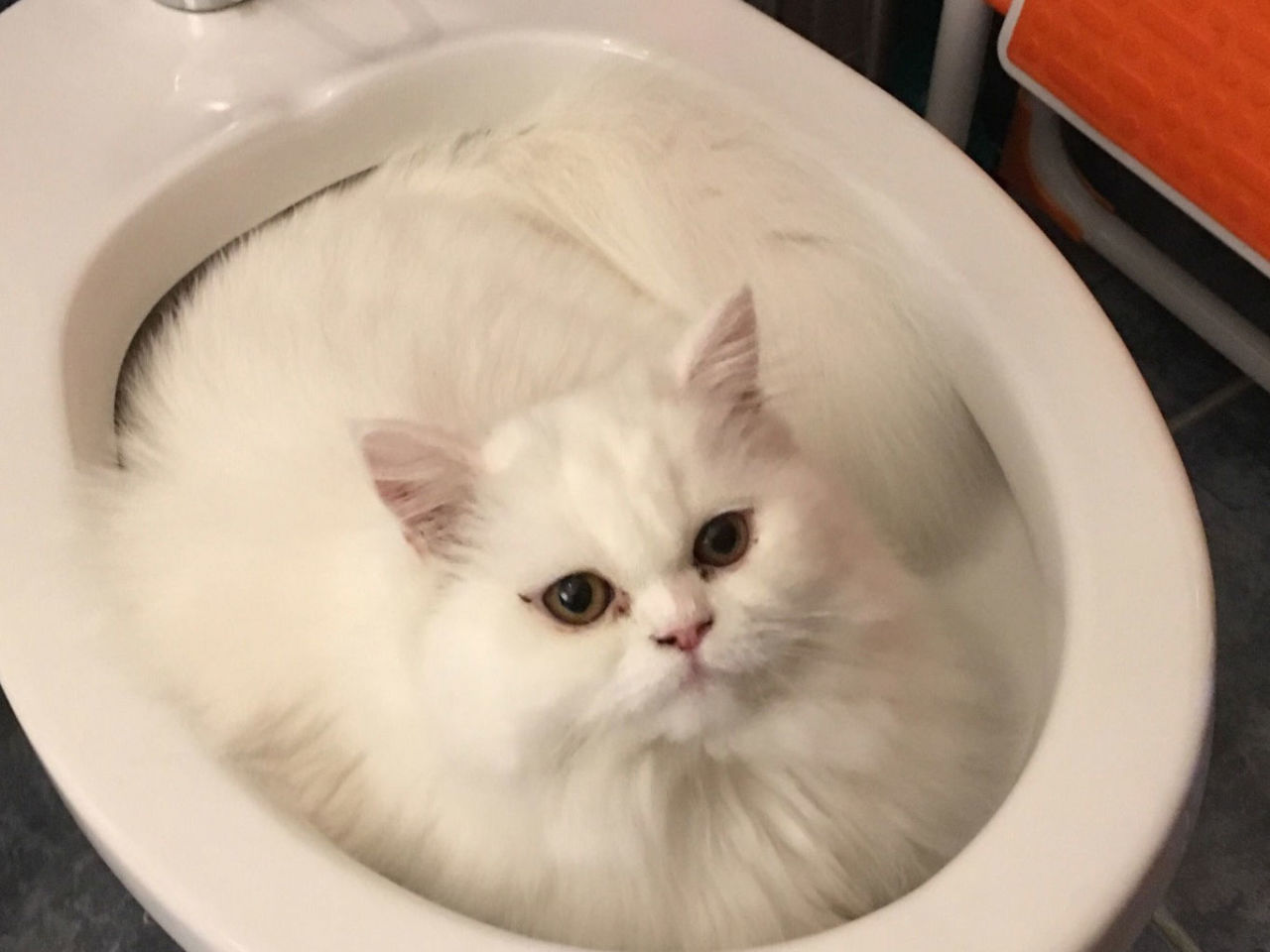Why Flushing Cat Poop Down Your Toilet Can Cause Problems - Tips for Proper Handling
Why Flushing Cat Poop Down Your Toilet Can Cause Problems - Tips for Proper Handling
Blog Article
The author is making several good pointers related to Can You Flush Cat Poop Down The Toilet? in general in this great article in the next paragraphs.

Introduction
As pet cat owners, it's vital to be mindful of just how we get rid of our feline buddies' waste. While it might seem practical to flush feline poop down the commode, this method can have destructive repercussions for both the setting and human health.
Environmental Impact
Purging pet cat poop introduces dangerous microorganisms and parasites into the water, positioning a considerable threat to aquatic ecological communities. These impurities can negatively affect aquatic life and concession water quality.
Health and wellness Risks
Along with environmental issues, purging pet cat waste can also present wellness risks to humans. Pet cat feces might contain Toxoplasma gondii, a parasite that can cause toxoplasmosis-- a potentially serious health problem, especially for pregnant ladies and people with damaged immune systems.
Alternatives to Flushing
Luckily, there are safer and a lot more liable ways to dispose of cat poop. Think about the complying with choices:
1. Scoop and Dispose in Trash
One of the most usual approach of dealing with cat poop is to scoop it into a naturally degradable bag and throw it in the garbage. Make sure to utilize a committed clutter inside story and take care of the waste quickly.
2. Usage Biodegradable Litter
Choose eco-friendly feline clutter made from products such as corn or wheat. These clutters are environmentally friendly and can be safely gotten rid of in the garbage.
3. Hide in the Yard
If you have a backyard, consider burying cat waste in a designated area away from vegetable yards and water sources. Be sure to dig deep sufficient to stop contamination of groundwater.
4. Mount a Pet Waste Disposal System
Buy a pet dog waste disposal system specifically designed for pet cat waste. These systems make use of enzymes to break down the waste, lowering smell and environmental impact.
Conclusion
Liable pet dog ownership extends past providing food and shelter-- it additionally includes correct waste administration. By refraining from flushing pet cat poop down the bathroom and opting for different disposal approaches, we can reduce our environmental impact and safeguard human health and wellness.
Why Can’t I Flush Cat Poop?
It Spreads a Parasite
Cats are frequently infected with a parasite called toxoplasma gondii. The parasite causes an infection called toxoplasmosis. It is usually harmless to cats. The parasite only uses cat poop as a host for its eggs. Otherwise, the cat’s immune system usually keeps the infection at low enough levels to maintain its own health. But it does not stop the develop of eggs. These eggs are tiny and surprisingly tough. They may survive for a year before they begin to grow. But that’s the problem.
Our wastewater system is not designed to deal with toxoplasmosis eggs. Instead, most eggs will flush from your toilet into sewers and wastewater management plants. After the sewage is treated for many other harmful things in it, it is typically released into local rivers, lakes, or oceans. Here, the toxoplasmosis eggs can find new hosts, including starfish, crabs, otters, and many other wildlife. For many, this is a significant risk to their health. Toxoplasmosis can also end up infecting water sources that are important for agriculture, which means our deer, pigs, and sheep can get infected too.
Is There Risk to Humans?
There can be a risk to human life from flushing cat poop down the toilet. If you do so, the parasites from your cat’s poop can end up in shellfish, game animals, or livestock. If this meat is then served raw or undercooked, the people who eat it can get sick.
In fact, according to the CDC, 40 million people in the United States are infected with toxoplasma gondii. They get it from exposure to infected seafood, or from some kind of cat poop contamination, like drinking from a stream that is contaminated or touching anything that has come into contact with cat poop. That includes just cleaning a cat litter box.
Most people who get infected with these parasites will not develop any symptoms. However, for pregnant women or for those with compromised immune systems, the parasite can cause severe health problems.
How to Handle Cat Poop
The best way to handle cat poop is actually to clean the box more often. The eggs that the parasite sheds will not become active until one to five days after the cat poops. That means that if you clean daily, you’re much less likely to come into direct contact with infectious eggs.
That said, always dispose of cat poop in the garbage and not down the toilet. Wash your hands before and after you clean the litter box, and bring the bag of poop right outside to your garbage bins.
https://trenchlesssolutionsusa.com/why-cant-i-flush-cat-poop/

As a keen reader on Can You Flush Cat Poop Down The Toilet?, I figured sharing that excerpt was worth the trouble. Do you know about somebody else who is serious about the niche? Feel free to share it. I am grateful for your time. Come back soon.
Instant Quote Report this page